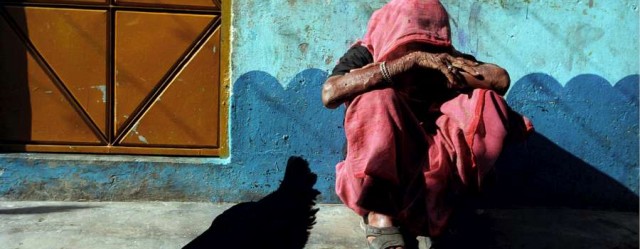Home > About Us > Figures at a Glance > Stateless People Figures
Stateless People Figures

Statelessness is not always well understood and in many countries its scope is ignored. Measuring the magnitude of statelessness is complicated by the very nature of the phenomenon. Stateless people often live in a precarious situation on the margins of society, frequently lack identity documentation and often are subject to discrimination.
The identification of stateless people is a prerequisite for addressing the problem. UNHCR, therefore, encourages states to share any statistics they may have on stateless people or individuals with undetermined nationality. Some governments have mechanisms in place to identify these people, while UNHCR, in cooperation with sister agencies, works with others to determine the numbers of stateless.
UNHCR cannot provide definitive statistics on the number of stateless people around the world, but we estimate that the total was up to at least 10 million. That included 3.5 million in the 64 countries for which there were reliable statistics. As data coverage improves, we are getting a clearer idea of the total numbers. At the same time, the number of stateless people has fallen considerably in some countries, including Iraq and the Russian Federation.
In its statistical reporting, UNHCR includes several countries for which it has information on statelessness, but no reliable statistics. These countries include the Dominican Republic, India and Indonesia.